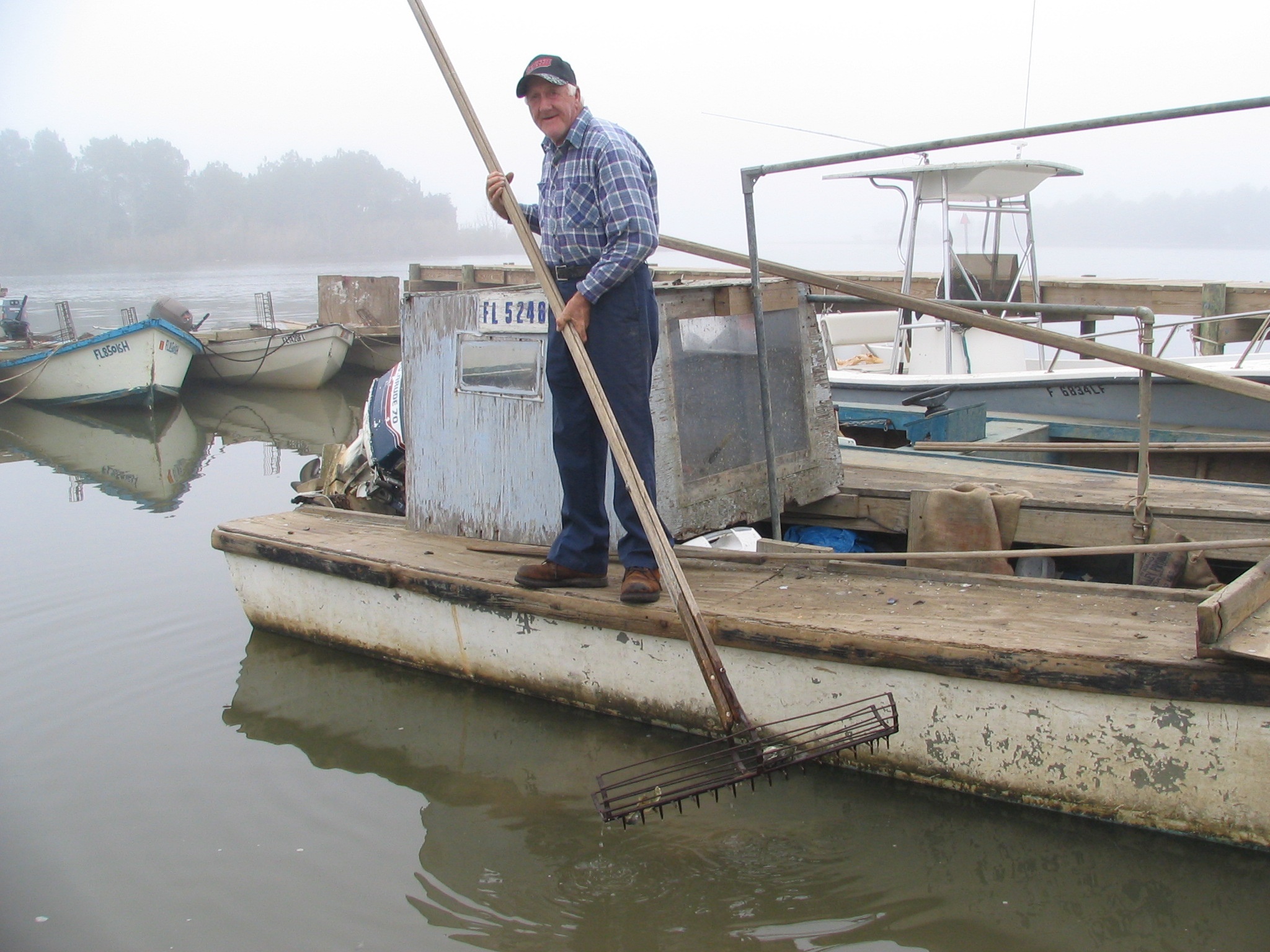In Supreme Court, Florida and Georgia Argue Over Water Use
Water planning in the South has not kept pace with demand.

Atlanta’s water use is a central question in a U.S. Supreme Court lawsuit over water supplies in Georgia and Florida. Photo courtesy of Wikimedia Commons
By Brett Walton, Circle of Blue
The latest round of a long-running water conflict in the Deep South reached the U.S. Supreme Court on October 31. The trial, in a closely watched lawsuit, is expected to decide water management authority and water supply and use in the Apalachicola-Chattahoochee-Flint (ACF) watershed, a basin shared by Florida, Georgia, and Alabama.
Expected to last four to six weeks, the trial comes as the northern half of the basin endures a withering drought that has depleted streams and reservoirs and is lifting, once again, the adequacy of local and state water management to the forefront of public policy.
The Chattahoochee River rises in northern Georgia and forms part of the border with Alabama. The Flint River joins the Chattahoochee just above the Florida border, some 40 miles west of Tallahassee. Together, the rivers form the Apalachicola, which flows across the Florida panhandle and empties into the Apalachicola Bay and the Gulf of Mexico.
Florida, at the end of the ACF system, claims that Georgia’s water withdrawals — especially in metro Atlanta and by farmers in the Flint River Basin — have imperiled the ecology of the Apalachicola Bay and its oyster industry by increasing the bay’s salinity. The state seeks a stern judgment: a cap on Georgia’s water withdrawals with stiffer restrictions during drought years. Georgia could meet this cap by implementing a range of urban and agricultural conservation measures, Florida claims. Alabama supports Florida’s position.
Georgia counters with three arguments. One, Florida’s proposal would cause a “massive economic injury” to the state that would not be balanced by the downstream benefits in Florida. Georgia submits that corn, cotton, peanuts and other crops in the watershed accounted for $US 4.5 billion in farm revenue in 2013. Two, the ecological problems in the Apalachicola Bay are the result of dams, not water withdrawals. Three, the lawsuit is missing a key party: the U.S. Army Corps of Engineers. The Army Corps operates five reservoirs in the basin, and without a corresponding change in its policies any water savings in Georgia will be trapped behind Corps reservoirs.
A “special master” appointed by the Supreme Court to oversee the proceedings will sort out these issues over the next few weeks. That the trial coincides with months of dry weather that, if it continues, could rival the debilitating 2007 drought underscores for some observers the stakes at play.
“The big picture question,” Gil Rogers, an attorney at the Southern Environmental Law Center, told Circle of Blue, “is what is each state doing to manage water? How well is each state’s house in order?”
The answer to that question has its root in changes in urban and agricultural practices that took place decades ago and are still the primary levers of conflict today.
Changes Began in the 1970s
The first lawsuit in what is known locally as the tri-state water wars was filed by Alabama in 1990. The state objected to a change in Army Corps policy to allow Atlanta to increase withdrawals from Lake Lanier, a federal reservoir in the upper reaches of the Chattahoochee River. The Corps began authorizing those releases in the 1970s. Today roughly 5 million people in Georgia, most of whom live in the Atlanta area, rely on the ACF basin for municipal water supplies.
At the same time that Atlanta began drawing more deeply from Lake Lanier, agricultural water use in the Flint River Basin underwent a fundamental change.
Before the late 1970s irrigation systems in Georgia were rare. If the rains came at the right time and in the right amount, farmers harvested a decent crop. If the rains failed, there was hardship. Irrigation flipped the uncertainty of farming upside down. It provided reliable yields and reduced business risk.
Irrigation also overturned the ecosystem. Roughly 80 percent of the basin’s irrigation water is drawn from the Floridan Aquifer. The aquifer is shallow, porous, and connected to the river. More groundwater irrigation resulted in less water reaching the Flint River.

An oysterman rakes his harvest on the Apalachicola Bay. The health of the bay is at the center of Florida’s lawsuit against Georgia. Photo courtesy Flickr/Creative Commons user Southern Foodways Alliance
Water Disputes Intensify in the South
Florida wants the Supreme Court to make an “equitable apportionment” ruling, a decision that would result in the basin’s water being divided between the states.
In a way, such a ruling would be a rewind of history. In 1997, the state Legislatures and Congress approved an ACF Compact, a legal instrument that was supposed to result in a water-sharing agreement. Unable to find common ground, the states terminated the compact in 2003.
Most big rivers in the American West that cross state borders — the Arkansas, Colorado, Republican, Rio Grande, South Platte, Yellowstone, among others — have compacts. They are a means of managing water in a dry climate. Several alleged violations of these compacts have come before the Supreme Court in the last decade. One case is still before the court: Texas claims that groundwater pumping in New Mexico is reducing flows in the Rio Grande.
Another case in the South, Mississippi v. Tennessee, asks the court to extend the water allocation provisions that exist for rivers to groundwater. The proliferation of legal cases in the South should not be a surprise, Rogers said. The region is growing, its water management policies are weaker than in western states, and some of its cities are not ideally sited for water supply. Atlanta, for instance, is located high in the Chattahoochee watershed without much upstream storage.
“Interstate disputes traditionally happen in the West,” Rogers said. “But as we grow in this part of the country, with large cities in narrow river basins, water use is going to continue to be a challenge.”
Despite the legal acrimony, there are hints of change. Population in metro Atlanta grew 20 percent between 2000 and 2015, yet total water use declined by 10 percent. That led Georgia authorities to reevaluate its water demand assumptions. In a January 2016 letter to the Army Corps, the state decreased its water withdrawal request for Lake Lanier by 18 percent.
Because of its reservoirs, the Corps does play a large role in the basin. Georgia’s contention that the imposition of a withdrawal cap would be impractical without the Corps’ participation in the lawsuit is not necessarily true. The U.S. solicitor general, who argues on behalf of the federal government, claims that a cap would be more effective on the Flint, which is largely unregulated by dams. Rogers agreed, saying that the special master could design a limited settlement that takes into account the basin’s diverse hydrology.
Regardless, Rogers concluded, do not expect the special master’s hearing to be the last word on the matter.
“This is the highest profile chapter in the water wars, but not the last,” he said.
Brett writes about agriculture, energy, infrastructure, and the politics and economics of water in the United States. He also writes the Federal Water Tap, Circle of Blue’s weekly digest of U.S. government water news. He is the winner of two Society of Environmental Journalists reporting awards, one of the top honors in American environmental journalism: first place for explanatory reporting for a series on septic system pollution in the United States(2016) and third place for beat reporting in a small market (2014). He received the Sierra Club’s Distinguished Service Award in 2018. Brett lives in Seattle, where he hikes the mountains and bakes pies. Contact Brett Walton










